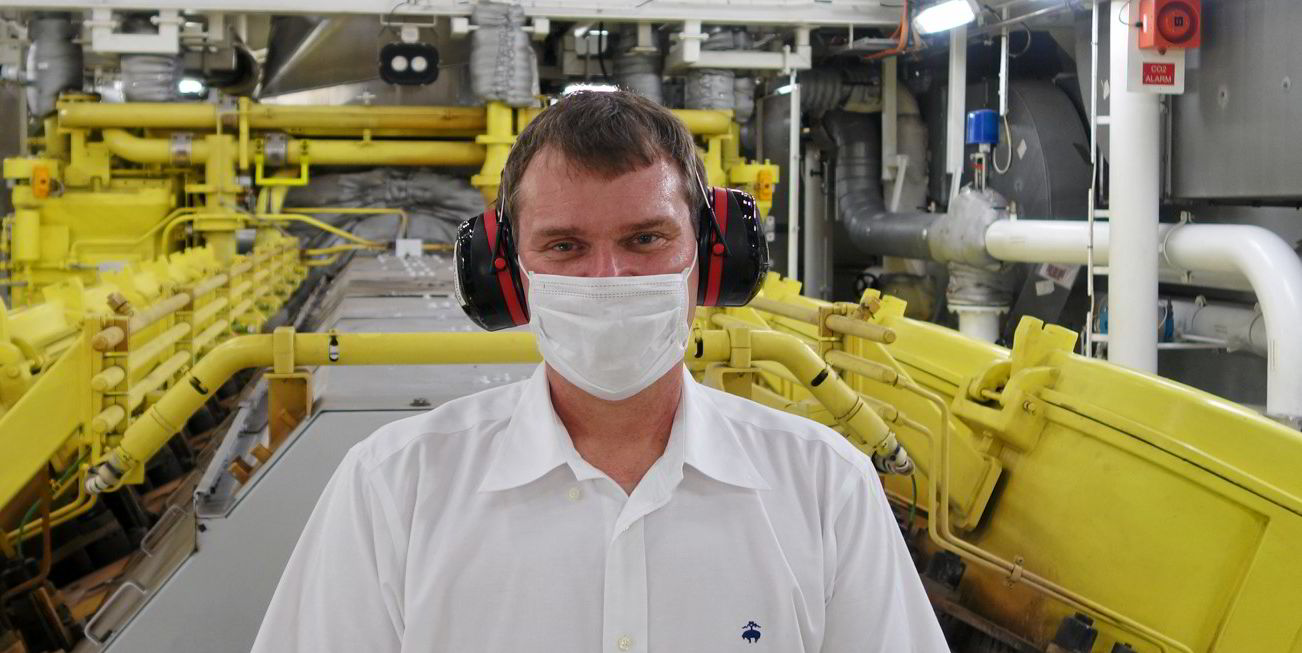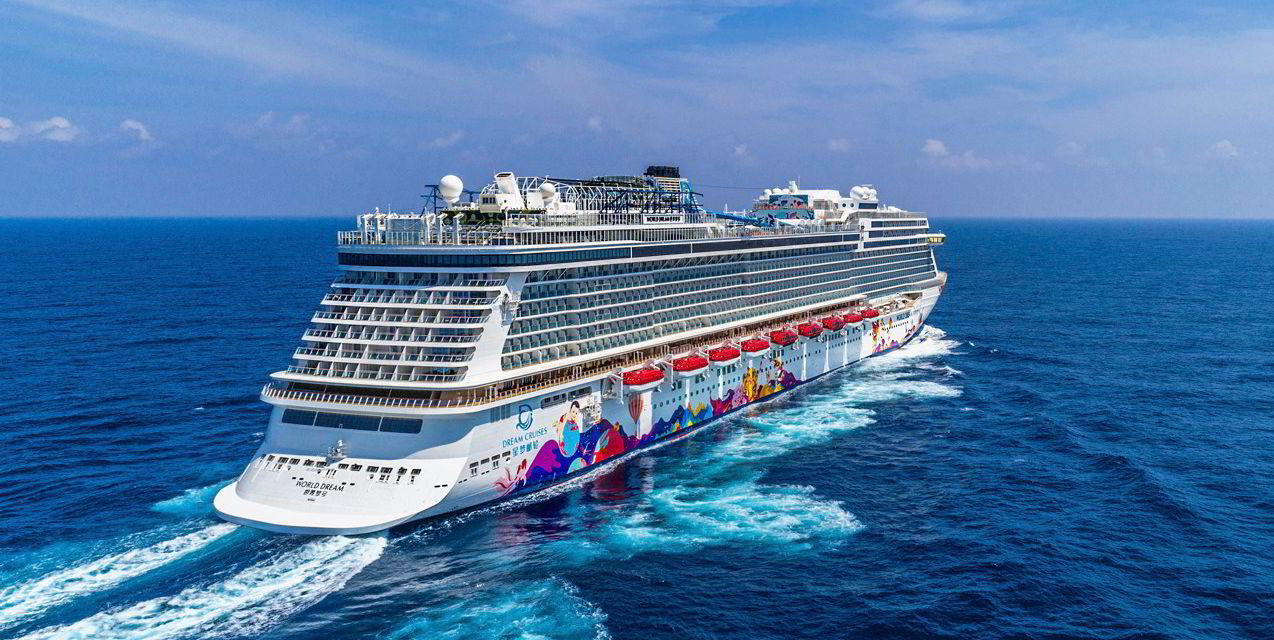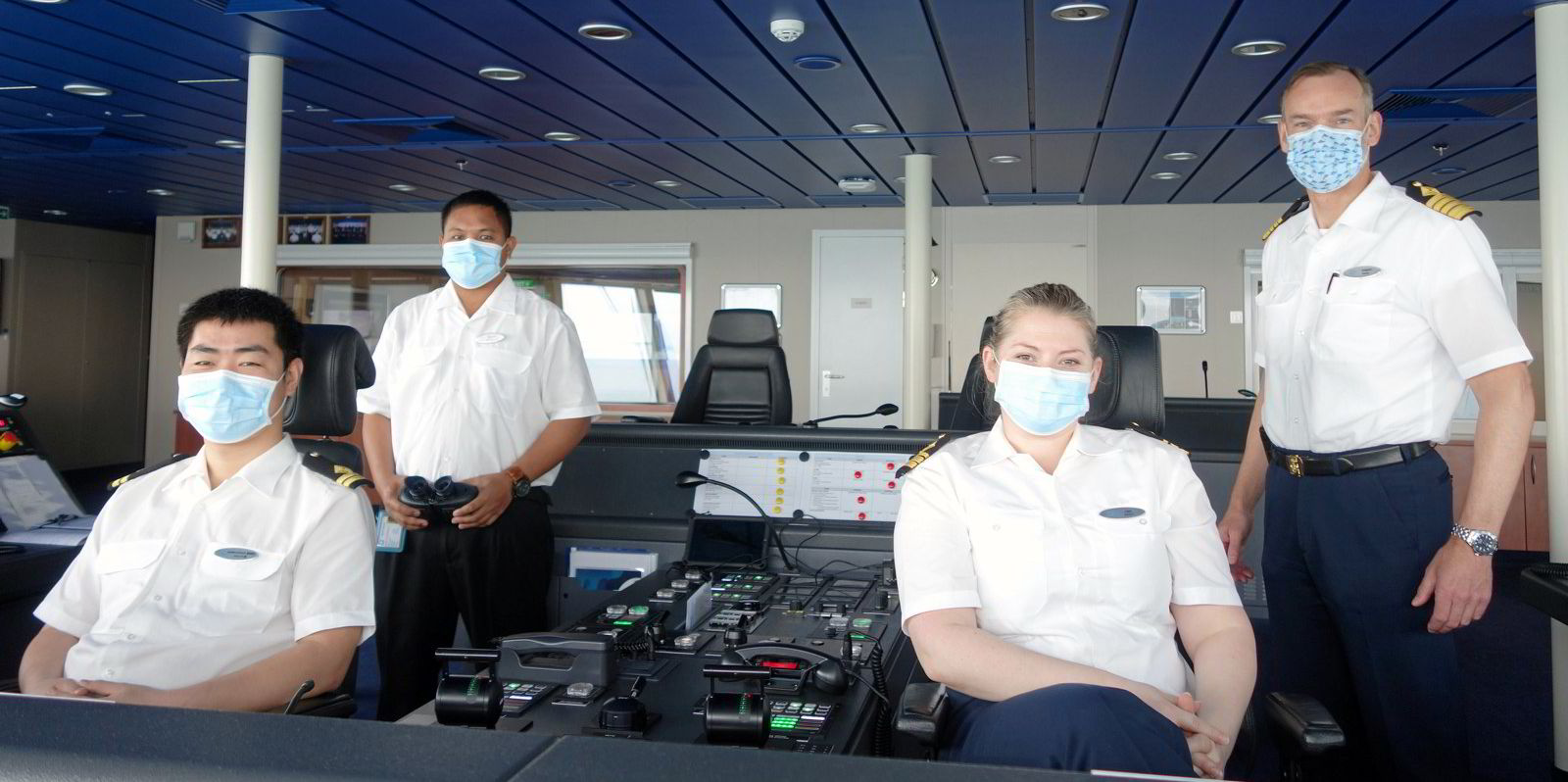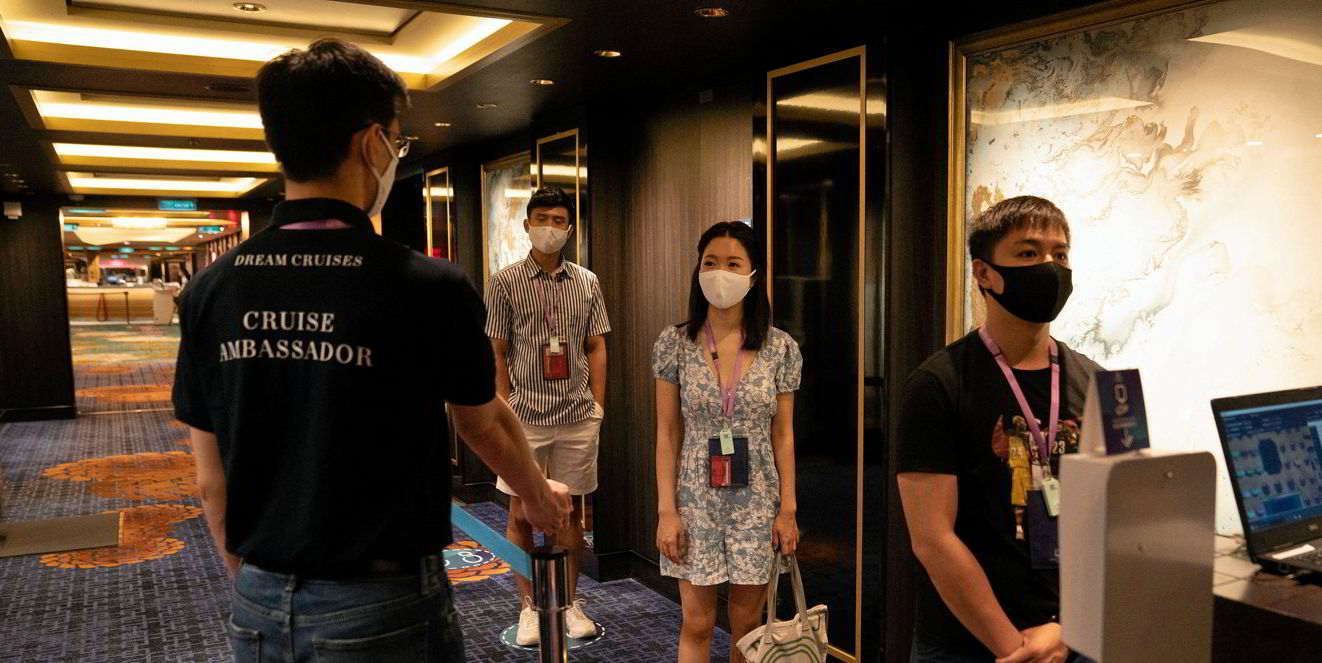I’ll be the first to admit that I felt a degree of trepidation when TradeWinds’ news editor told me to buy a ticket on Dream Cruises’ World Dream and see how well the CruiseSafe protocols were working to keep cruiseships free of coronavirus.
Yes, there were tiny niggles at the back of my mind about what would happen if there was an outbreak. I had already been vaccinated, so I was not especially worried about catching the virus, but I was concerned about the prospect of being confined to a small cabin should the ship be forced into quarantine.
My main worry, however, was whether I would enjoy the trip, given the stringent Covid-19 protocols that were in place.
Like many people in Singapore and around the world, I am tired of the rules. I just want to lower the mask, be allowed to go where I want, and not be watched by enforcement officials who make sure I follow all the social distancing rules. Certainly not while on holiday!
I believe there is an official term for this — it is called Covid fatigue.
But I need not have worried. Like everyone else on board, I was conditioned to doing what was required. And to be quite honest, those little inconveniences paled in comparison to the sheer joy of being on a ship, at sea, and enjoying most of the pleasures that made cruising such a popular pastime before Covid-19 brought the industry to an abrupt halt.
I believe that the other passengers felt the same.
And that is a good thing for the cruise industry, which has long set itself apart from the rest of shipping.
Cruise has always claimed to be recession-proof, free from the volatility of the tanker, bulker and container shipping markets.
Wake-up call
Discovering it was most at risk to the Covid-19 pandemic was a wake-up call.
While the rest of shipping has carried on working, the world’s cruise fleet has been left anchored on the sidelines.
Now poised to stage its big return, the sector faces the enormous challenge of enticing paying customers back aboard.
It needs to prove to a travelling public that they will be safe, and that while there will be plenty of restrictions, it is still going to be fun.
The cruise lines operating in Asia have not reported a single confirmed Covid-19 case, and judging from my own experience, along with positive feedback from friends and colleagues who have enjoyed cruises to nowhere out of Singapore, they have shown that it is safe and fun.
But it needs to be done in a tightly controlled environment.
That could be a problem, given the diversity of jurisdictions and attitudes of passengers.
The cruises currently operating out of the city-state sail under an adaptation of the protocols in force in Singapore. Other jurisdictions require a different set of rules to be followed.
Passengers sailing from Singapore comply with the protocols because they know that the ships operate in close cooperation with authorities on land, which can and do issue stiff penalties to those who refuse to toe the line.
The crews of cruiseships operating elsewhere in the world will need the same strong and consistent backup from local authorities when dealing with unruly passengers who refuse to wear masks and follow the rules.
It is not as if the ships are able to throw them overboard.
Matter of survival
These are all problems that the cruise industry is well placed to address, provided it is able to develop close working relationships with local authorities and health officials in ports and countries from which their ships operate.
What is happening in Singapore right now shows that with mutual patience, understanding and engagement, both sides can come together and work towards a common goal — safe, fun cruising.
Get that right and the punters are sure to begin marching up the gangway.
The number of bookings recently reported by cruise lines that have opened up their reservation systems is proof of that.
The fallout from getting it wrong is unthinkable. Cruise cannot survive another 2020.






